Anselm Kiefer: Superstrings, Runes, The Norns, Gordian Knot at White Cube Bermondsey
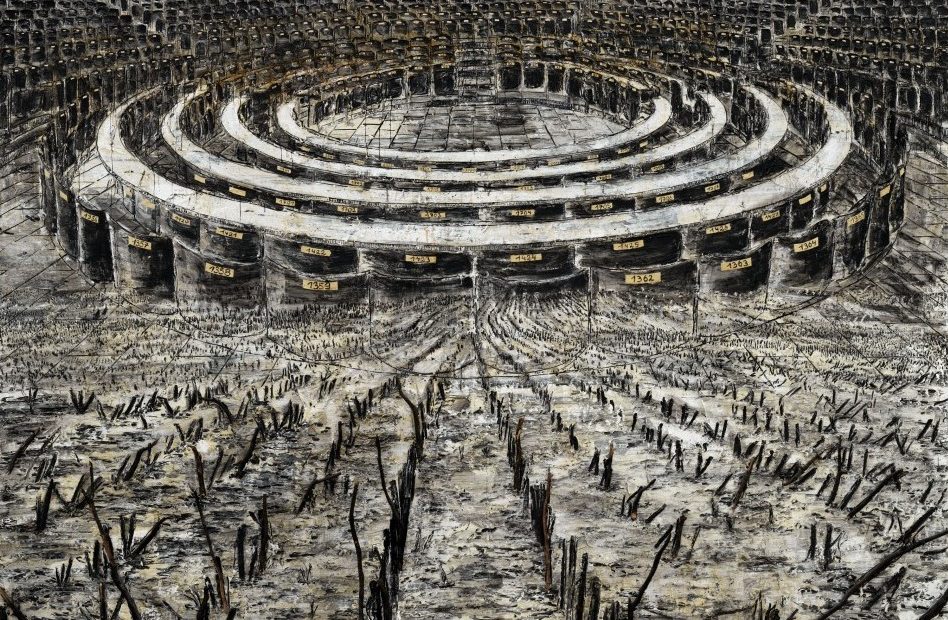
Over the last five decades, the work of renowned German artist Anselm Kiefer has often been characterised by its historically referential themes, epic scale and ambition. Long regarded as one of the most significant artists alive today, Kiefer’s latest exhibition, Superstrings, Runes, The Norns, Gordian Knot at the White Cube Bermondsey, sees the reoccurrence of favoured subject matter: mythology, history and astronomy.
The sheer, often overwhelming size of the subject’s work along with its tendency to reflect on Germany’s history and identity leave an indelible imprint on the human consciousness. Even visitors well-versed in the artist’s gargantuan creations, however, will be struck by the enormity of what lies in store in the current show.
An installation of thirty vitrines in the gallery’s opening hallway forms the backbone of this imposing exhibition. On the murky afternoon during which this viewer visited, these 14-foot glass cases seemed to loom menacingly like giant sentinels. Each contains a swirling mass of electrical tubing, gold-leaf-pasted leaves and straw. In several vitrines, large axes have been placed among these entangled elements, referring to Alexander the Great’s legendary severing of the Gordian Knot. Mathematical equations by scientific minds Kiefer admires – Albert Einstein, Gabriele Veneziano, Edward Witten – are scrawled onto the surface of the glass. Also present are the names of the three Norns: Urd, Verdandi and Skuld, all-powerful female beings from Norse mythology who, legend dictates, determine the fates of humankind.
Much of Kiefer’s career has highlighted the intellectually inquisitive nature of the German’s mind. His decade-long painterly contemplations of the Russian Futurist poet Velimir Khlebnikov (1885-1922) are a case in point. The now 74-year-old artist’s curiosity has most recently been drawn to String theory, an area of theoretical physics that essentially seeks to prove the link between the fundamentals of the universe and all living things. The new body of work sees Kiefer attempting to connect this complex scientific theory with subject matter stemming from diverse cultures from around the globe.
In the brighter galleries emerging from the White Cube’s inner hallway, one finds the subject continuing, as he has for many years, to blur the boundaries between painting, installation and sculpture. Each canvas here is an enormous, bleak landscape featuring layers of thick paint, broken, often charred branches and mud. Up close they possess abstract qualities; viewed from further away, many recede into the distance. The particularly monumental Ramanujan Summation − 1/12 (2019) has a savage power. There’s much to absorb here, with fields burnt to a cinder in a dramatic landscape and a threatening darkened sky illuminated by stars featuring astrological notations. Again, Kiefer is exploring the tenets of String theory which point towards the celestial and terrestrial being intractably bound.
The Alexandrian Gordian knot legend once more rears its head in White Cube’s North Galleries. Each of this series of canvases, entitled Der Gordische Knoten (2019), is composed of entwined twigs or corn set on cracked surfaces. Every one contains enmeshed axes – some rusting, others gleaming menacingly. The largest of these new works offers a field of genuine corn, arranged to suggest a wind rippling through it. The Gordian knot tale – long held as an allegory for a stubbornly resistant problem easily solved – provides Kiefer with the visual tools to consider the neat existential answers that mathematicians wrapped up in String theory are striving for.
The final room of this exhibition offers vast apocalyptical landscapes that continue to challenge traditional painterly borders. Bleak, snow-covered scenes, vanishing points captured by gravestone-like descending rows of charred black stumps are filled with a looming sense of catastrophe. Is this Kiefer consciously or otherwise re-engaging with the horrors of the Holocaust, or simply extending his scope to human history as a whole? One of these immense works, Die Lebenden und die Toten (2019), has at its summit a parliamentary building or amphitheatre conforming to Bentham’s panopticon, dark vegetation threatening to engulf it. The Veneziano Amplitude (2019), sees the artist attempting to give more visual form to String theory. Referring to the theorising of the Italian physicist Gabriele Veneziano, the blackened wasteland has been covered by an enormous net or gridded web. Tension is created by the decision to clearly articulate the landscape’s vanishing point and yet depict the net emerging from no particular location on the horizon.
The physical materiality and depth of work on show here reveal an artist still at the height of his game. The septuagenarian Kiefer appears to be attempting to find meaning in a chaotic world where meaning seems forever set to elude us. In the end, the epic magnitude and potency of the German artist’s latest endeavours will ensure this exhibition endures long in the memory.
James White
Featured Image: Anselm Kiefer, 2019. Image courtesy of White Cube (Theo Christelis)
Anselm Kiefer: Superstrings, Runes, The Norns, Gordian Knot is at White Cube Bermondsey from 15th November until 26th January 2020. For further information visit the exhibition’s website here.

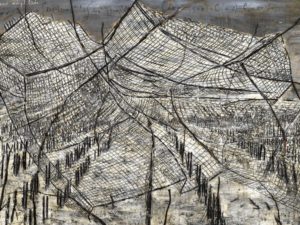
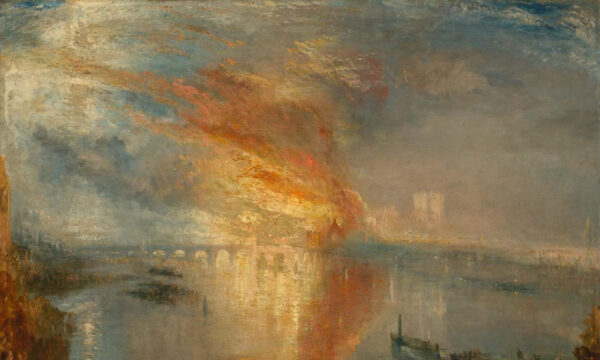
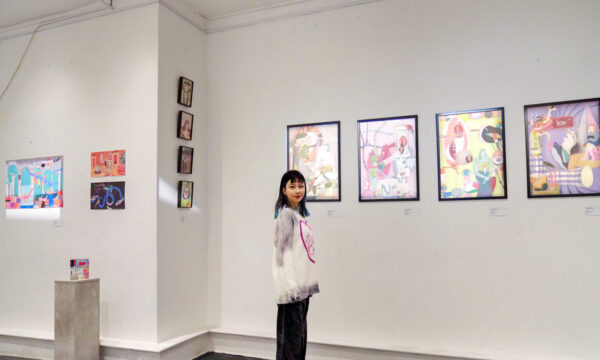
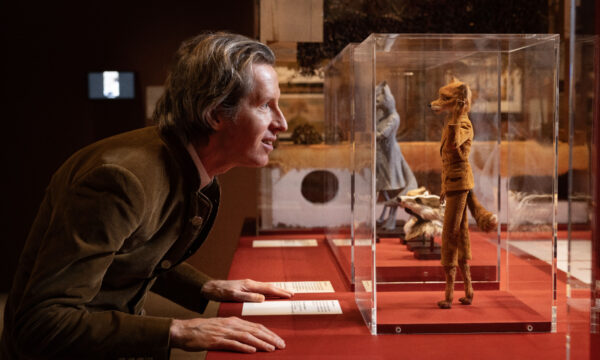

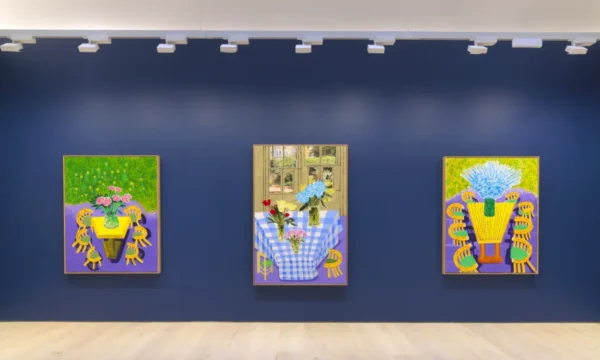
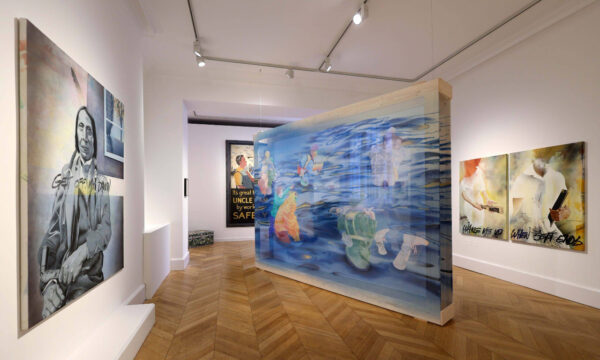
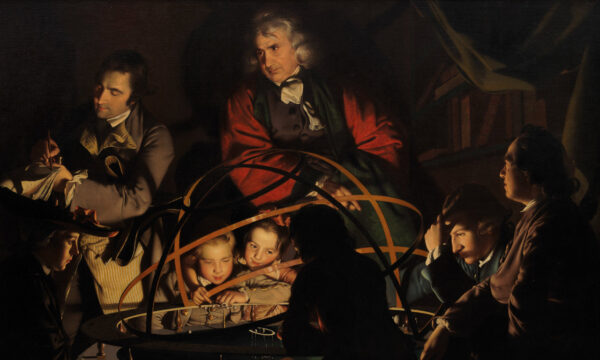
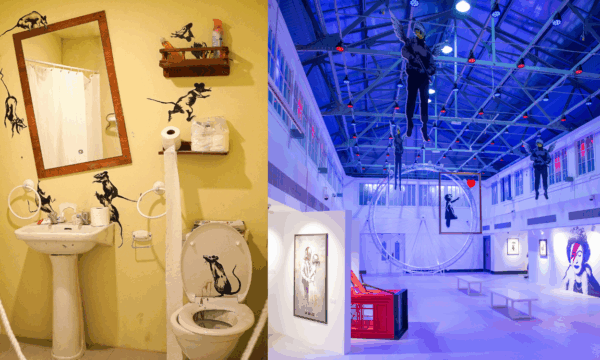
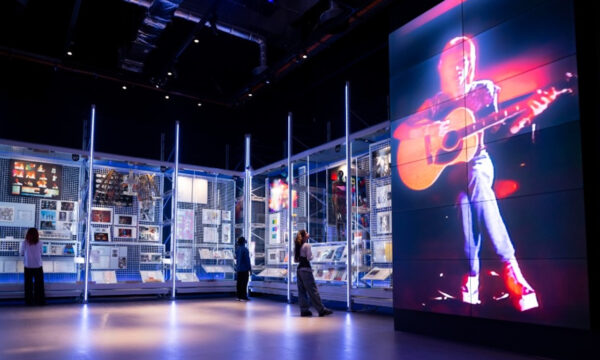
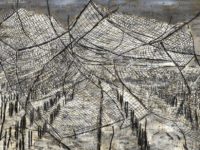
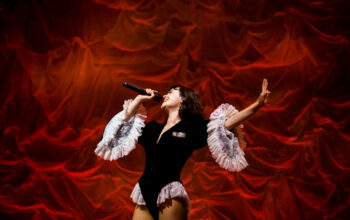
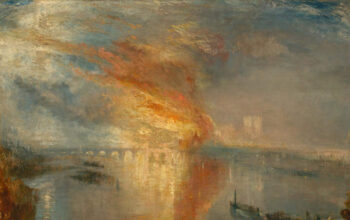






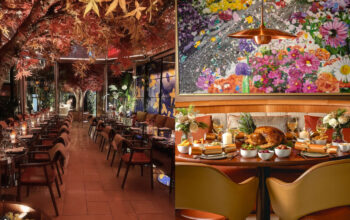
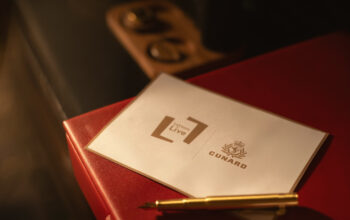





Facebook
Twitter
Instagram
YouTube
RSS